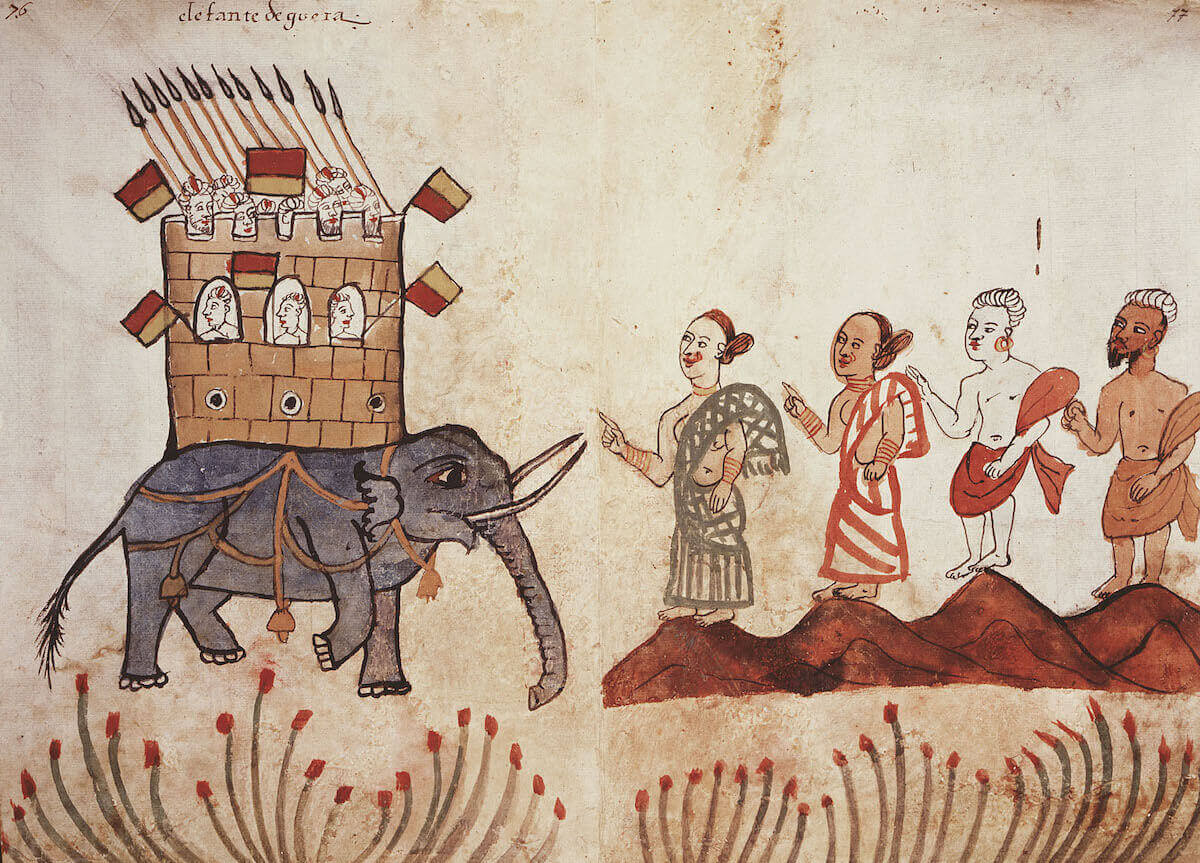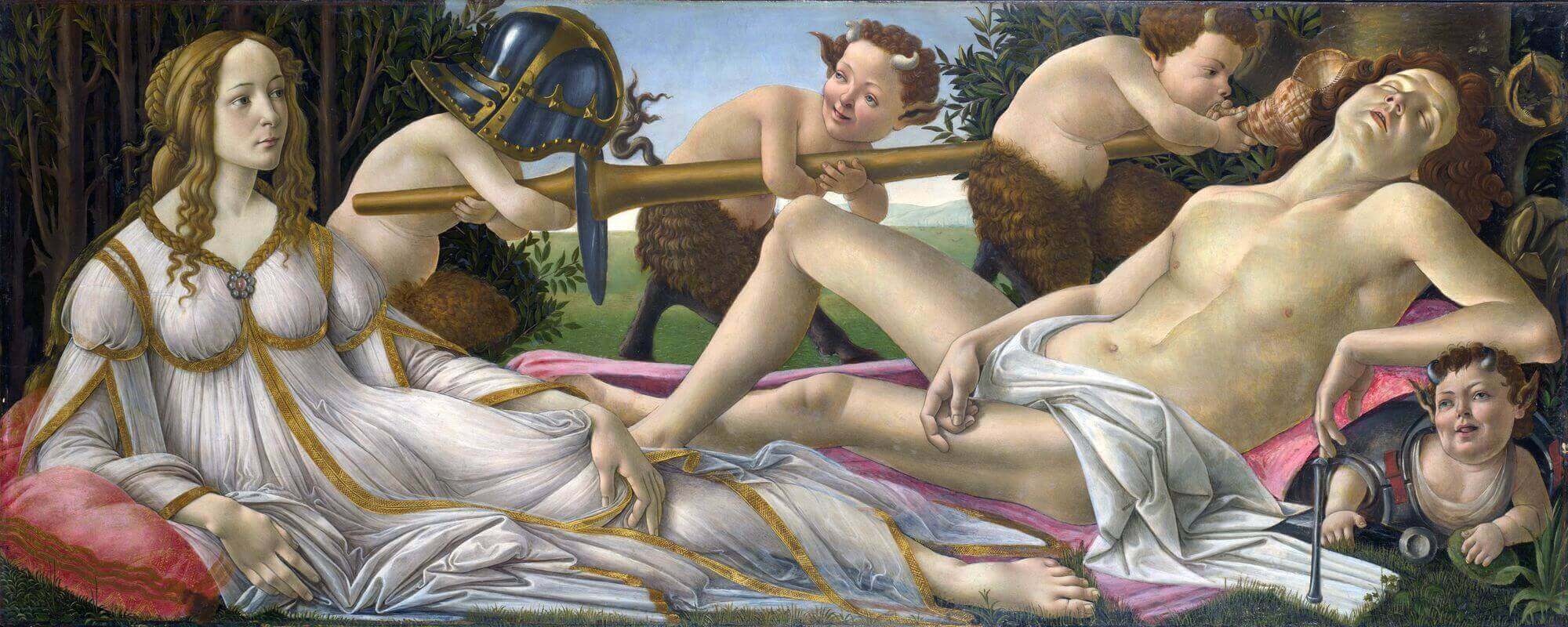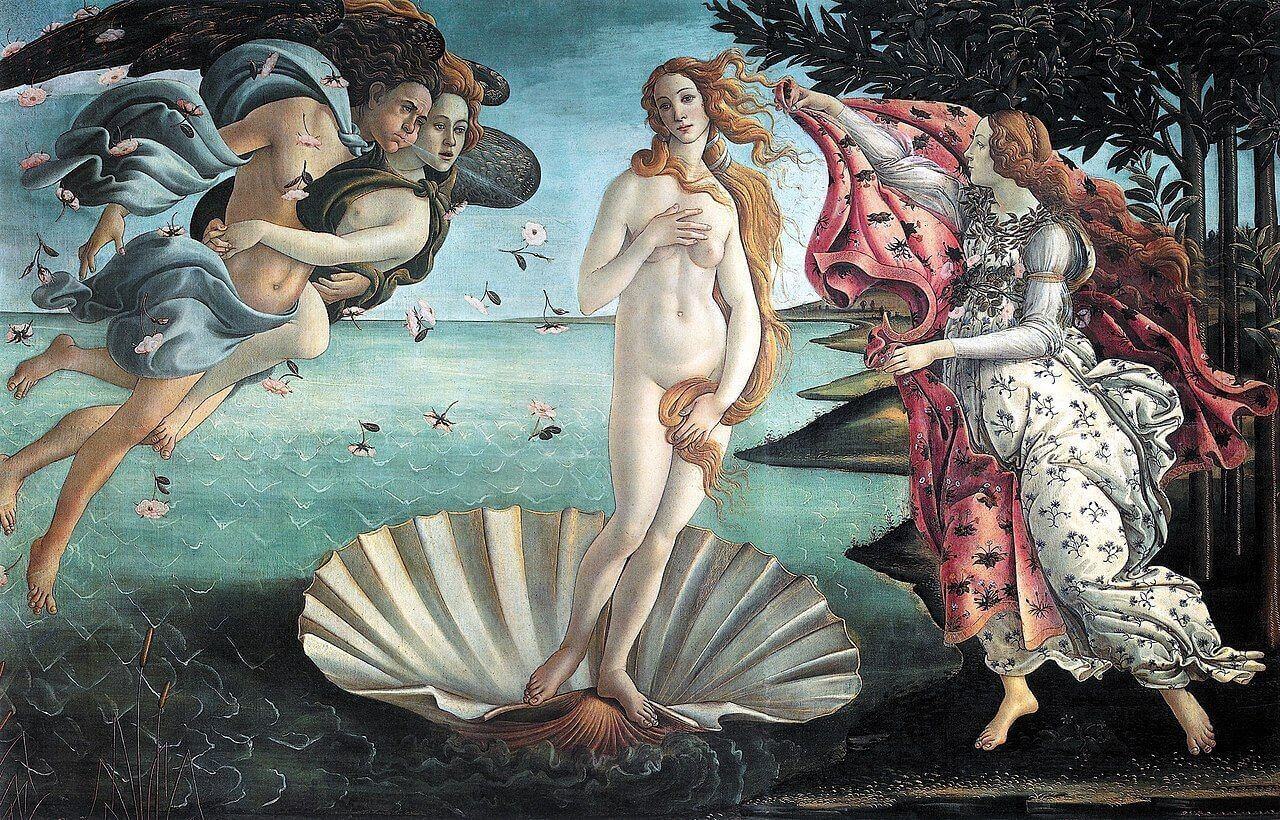Life
Telling tales about the sages
There is considerable debate about whether Yājñavalkya is a historical figure or a literary creation (see the Philosopher File on Diotima). If there was a historical figure called Yājñavalkya, his dates would be some time around the 7th century BCE. However, as the scholar Steven Lindquist writes, ‘The textual evidence as we have it does not appear to lend itself, as far as I can determine, to drawing an objective line regarding the historicity of Yājñavalkya.’
Nevertheless, the history of philosophy is partly the history of the stories we tell about philosophers. And the Yājñavalkya who emerges from the stories in the Upaniṣads is an extraordinary character.
The swaggering philosopher
The Bṛhadāraṅyaka Upaniṣad tells us Yājñavalkya was a ritual specialist from the Brahmin priestly class. He was advisor to King Janaka, and had two wives: the philosopher Maitreyī, with whom he debated the nature of the soul, and Kātyāyanī, whose understanding, the text dismissively says, ‘was limited only to womanly matters.’
In the Bṛhadāraṅyaka Upaniṣad, Yājñavalkya takes part in a debate held by King Janaka (where we have already met him debating fiercely with Gārgī Vācaknavī). The King offers a prize for the philosopher who triumphs. Yājñavalkya, convinced he will prevail, brazenly makes off with the prize before the debate even begins: one thousand cows, the horns of each one hung with ten pieces of gold.
What is striking when reading the account of the debate is the audacity of Yājñavalkya’s philosophical swagger, his overbearingness, and his skill in wrong-footing his opponents. So whether Yājñavalkya existed or not, the Bṛhadāraṅyaka Upaniṣad is a testament to a growing interest in philosophical debate within the intellectual traditions of India, and to the ways in which these debates were tangled up with questions of status and prestige.
Philosophy
The debates in the Bṛhadāraṅyaka Upaniṣad mark a transition point in the religious traditions of India from the earlier focus on ritual as a way of sustaining the order of the world, to a more philosophically motivated attempt to grapple with reality.
Debate with Maitreyī: the immortal self
When later on in life, Yājñavalkya tires of his wealth — all those cows and gold coins! — he decides to go off and become a wandering philosopher-sage.
According to the Bṛhadāraṅyaka Upaniṣad, he speaks with his two wives, and tells them he wants to bequeath them his wealth. But Maitreyī isn’t interested in cows. Instead, she says to him, ‘If I were to possess the entire world filled with wealth, sir, would it, or would it not, make me immortal?’ Yājñavalkya admits that wealth is only wealth, and does not have much to do with immortality. Then Maitreyī presses her husband for something more valuable than herds of cows: the wisdom that might lead to immortality.
And so Yājñavalkya talks about love. He asks why we love spouses, children, wealth, possessions or power. Not because we love these things in themselves, but because we love our self, our ātman.
But Maitreyī presses him further: what, she asks, is this ātman? It is a good question. The term ātman has multiple meanings: it is a reflexive pronoun meaning ‘oneself’; it can refer to our own physicality; it is the fundamental ground of our cognition (’the unseen seer, the unheard hearer, the unthought-of-thinker, the unknown knower’, the text says); and it is the metaphysical ground of our being that links us, if we can only see it, to the entire cosmos.
This very self (ātman) is the lord and king of all beings. As all the spokes are fastened to the hub and the rim of a wheel, so to one’s self are fastened all beings, all the gods, all the worlds, all the breaths, and all these bodies. Bṛhadāraṅyaka Upaniṣad, 2.5.15
The caterpillar self
For Yājñavalkya, this self or ātman endures beyond death, only to be reborn (see the Pythagorean philosophers). In a beautiful image, the text says that after death, the ātman reaches out to take a new body, the way a caterpillar at the tip of a blade of grass ‘reaches out to a new foothold and draws itself onto it.’
The Bṛhadāraṅyaka Upaniṣad gives a more precise mechanism for how this happens. At one point in the text, the sage Jāratkārava Ārtabhāga asks Yājñavalkya if anything survives the dispersal of death. In reply, Yājñavalkya takes Ārtabhāga to one side and confides in him.
Yājñavalkya replied: “My friend, we cannot talk about this in public. Take my hand, Ārtabhāga; let’s go and discuss this in private.” So they left and talked about it. And what did they talk about?—they talked about nothing but action. And what did they praise?—they praised nothing but action. Yājñavalkya told him: “A man turns into something good by good action and into something bad by bad action.“Thereupon, Jāratkārava Ārtabhāga fell silent.Bṛhadāraṅyaka Upaniṣad, 3.3.2
What is new here is the conjunction of three ideas that are woven together to subsequently become a central thread in many of the philosophical traditions of India.
The first is the idea of the ātman that is repeatedly reborn; the second is the idea that it is ‘action’ or karma that determines the nature of this rebirth; and the third is the idea that the mechanism governing rebirth is a moral one: we turn into something good by good action, and something bad by bad action.
Escaping the cycle
This is not quite the end of the story, for there is a way out of this endless cycle. Once we recognise that ātman is the same as brahman, the ultimate ground of everything, we are freed from desire. And in this freedom from desire, we are liberated from the round of rebirths, so that we can dwell in the unity of self and everything else:
Clearly, this self is brahman—this self that is made of perception, made of mind, made of sight, made of breath, made of hearing, made of earth, made of water, made of wind, made of space, made of light and the lightless, made of desire and the desireless, made of anger and the angerless, made of the righteous and the unrighteous; this self that is made of everything…Now, a man who does not desire—who is without desires, who is freed from desires, whose desires are fulfilled, whose only desire is his self—his vital functions do not depart. Brahman he is, and to brahman he goes. Bṛhadāraṅyaka Upaniṣad 4.4.6
This is Yājñavalkya’s trump-card. And King Janaka is delighted by his teaching on the unity of ātman and brahman. ‘Here, sir,’ he says to Yājñavalkya, ‘I’ll give you a thousand cows!’
Further Reading
Books
For Yājñavalkya’s historicity, try Steven Lindquist’s chapter in Religion and Identity in South Asia and Beyond ed. Steven Lindquist (Cambridge 2011).
For a translation of the Bṛhadāraṅyaka Upaniṣad, try Patrick Olivelle’s Early Upaniṣads: Annotated Text and Translation. This is the translation I have used.
Signe Cohen’s The Upaniṣads: A Complete Guide (Routledge 2018) is a fascinating collection of essays which gives a lot of philosophical, sociological and historical background.
Also try Lindquist, Steven. The Literary Life of Yajnavalkya, Albany: SUNY, 2023.
I’m grateful to my friend, the Sanskritist and scholar Jayarava, for raising a sceptical eyebrow at an earlier version of this Philosopher File. Any remaining errors are my own.



